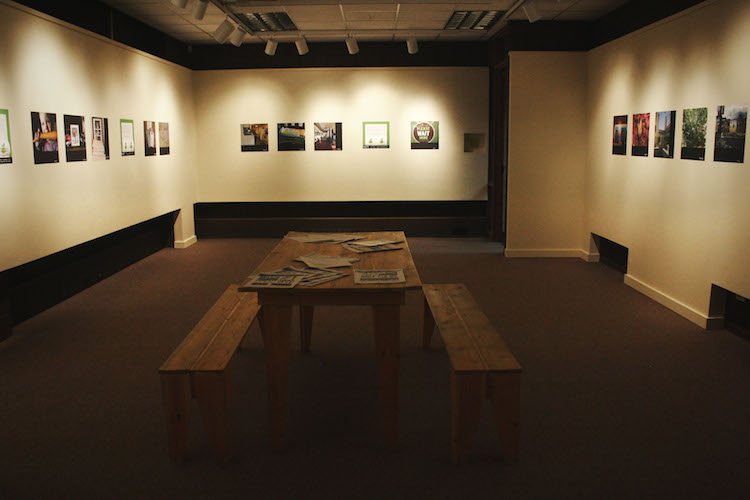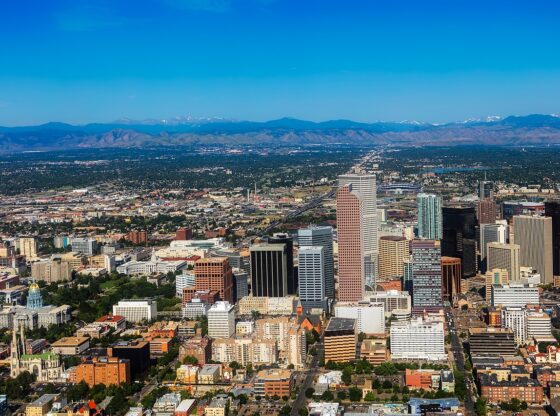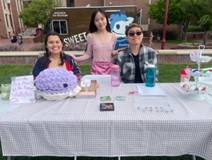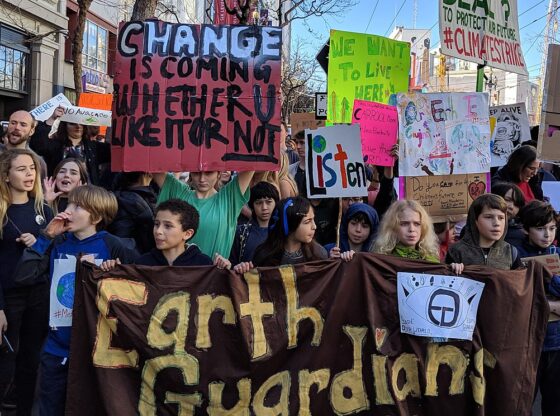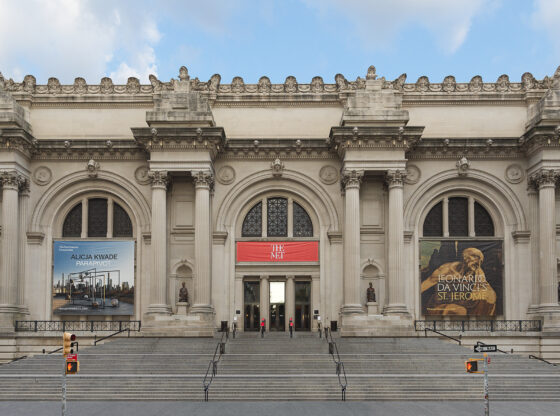“I am on food stamps:” a discomforting phrase to both hear and say in the United States. According to Hunger Free Colorado—the state’s leading anti-hunger organization—and the USDA, as of September 2015, “Nearly one in seven Coloradans struggle with hunger, facing times when there is not enough money to buy food.” Admitting a lack of food is a taboo topic—avoided because of the potential for shame, embarrassment and destruction of respect. A facade of put-togetherness must be manufactured, even with a desperate, rumbling stomach. Hunger Free Colorado seeks to be a platform to raise awareness and reduce stigma of this hidden problem. DU undergraduate and graduate students studying anthropology have partnered with this organization to host their moving exhibit, “Hunger Through My Lens.”
The exhibit features photographs taken by people that have dealt with hunger who were recruited by Hunger Free Colorado, taught to use the cameras and then sent back into their daily lives to capture situations that had to be dealt with under these circumstances. They wrote short captions for each photograph—further vocalizing the feelings experienced during the times that their kitchen pantries were almost empty and their children still wanted dinner.

Ruth Hollenback | Clarion
The goal of the exhibit is to get the photos out into the community to create a conversation and gain attention to create legitimate change to solve the problem of hunger.
“We are here to support them and elevate them and give them a voice,” said Sarah Skeen, one of the advocates for Hunger Free Colorado.
At the gallery opening on Jan. 28, two of the photographers who participated in the project were present to share their stories: Andrea Fuller and Robin Dickinson, both DU alumni. Fuller graduated with a master’s degree in international relations, and Dickinson received a B.S. from DU and continued on to receive her M.D. from CU School of Medicine. Both confidently were able to say that that they never expected to ever find themselves in such desperate situations.
“You can never tell who is struggling with hunger. It honestly could be you—in the future,” Fuller explained at the opening. “You never know, or expect, what’s going to happen to you.”

Ruth Hollenback | Clarion
Fuller and Dickinson went on to share emotive stories of how Hunger Free Colorado helped them get to a place where they were comfortable being one of “those people,” as their friends would say, who had to use food stamps. This exhibit successfully passes through this veil of shamefulness that covers the issue of hunger, and gives tangible options of how change can come.
“Hunger Through My Lens” is located at the Museum of Anthropology in the bottom floor of Sturm Hall, in room 102. The exhibit opened on Jan. 28, and it runs through March 11. It is open weekdays from 9 a.m. through 4 p.m. and is free for the public. The exhibit team, who worked to design it in a manner unique to DU, consisted of Samantha Hagan, Mason Seymore, Emily Starck, Julia Strunk and Kara Underwood, all students passionate about addressing this need for change. Many groups on campus are taking advantage of the exhibit’s DU location, such as the Social Justice LLC, CCESL—who are bringing in local high school students to view the gallery—and many sociology and anthropology classes.

